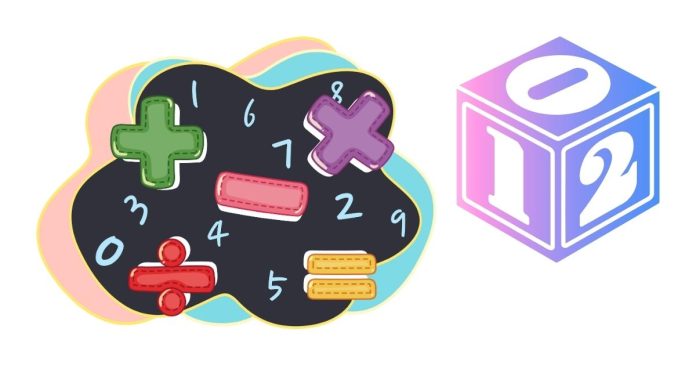Mathematics is a language of relationships, patterns, and connections. Among its most fascinating concepts is the idea of “mapping numbers” — a fundamental tool that helps us establish relationships between sets of numbers, shapes, or even abstract ideas. In this blog post, we’ll explore what mapping numbers means, its applications, and why it’s so essential in mathematics.
What is Mapping in Mathematics?
Mapping, in its simplest form, refers to a process that pairs each element of one set (called the domain) with exactly one element of another set (called the codomain). Mathematicians often use functions to represent mappings. For example, if we define a function , the mapping takes any number from the domain and pairs it with its square in the codomain.
Types of Mappings
- Injective (One-to-One) Mapping: Each element of the domain maps to a unique element in the codomain, ensuring no two elements in the domain share the same image.
- Example: is injective because no two distinct values of produce the same output.
- Surjective (Onto) Mapping: Every element of the codomain has at least one element in the domain mapping to it.
- Example: when the domain and codomain are both real numbers.
- Bijective (One-to-One and Onto) Mapping: A function that is both injective and surjective. These mappings have a perfect pairing between the domain and codomain elements.
- Example: with the domain and codomain as real numbers.
Applications of Mapping Numbers
Mapping numbers is not just a theoretical exercise. It has practical applications across various fields:
- Geometry and Transformations: Mapping helps describe transformations such as rotations, translations, and reflections. For instance, the mapping shifts every point in the plane by a fixed distance.
- Computer Science: Algorithms often rely on mappings to establish relationships between data structures. Hash functions, which map large data to fixed-size outputs, are crucial in cryptography and data retrieval.
- Physics and Engineering: Mapping is used to describe relationships like force fields or wave functions, where a set of inputs (e.g., positions) corresponds to outputs (e.g., forces or amplitudes).
- Economics and Game Theory: Mathematical models in economics often involve mappings to predict outcomes or optimize strategies, such as matching supply to demand.
Visualizing Mappings
Visualization can make the concept of mapping more intuitive. Graphs of functions provide a clear representation of mappings. Consider the graph of . Each -coordinate maps to a corresponding -coordinate. Tools like mapping diagrams, where arrows connect domain and codomain elements, further simplify understanding.
Why is Mapping Important?
Mapping numbers is a cornerstone of mathematical thinking because it:
- Simplifies Complexity: By establishing clear relationships between elements, mappings make it easier to analyze and solve problems.
- Unifies Concepts: Mappings link various mathematical disciplines, from algebra and calculus to topology and differential equations.
- Enables Applications: Real-world phenomena, from digital communication to natural phenomena, often rely on the principles of mapping.
Mapping numbers is a fundamental concept that opens the door to deeper mathematical understanding and practical applications. Whether it’s pairing inputs with outputs, visualizing transformations, or solving real-world problems, mappings provide a robust framework for connecting ideas.
So the next time you encounter a function or relationship in mathematics, take a moment to appreciate the elegance of mapping numbers — a concept that makes the abstract tangible and the complex comprehensible.


